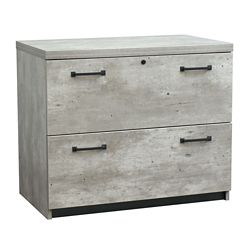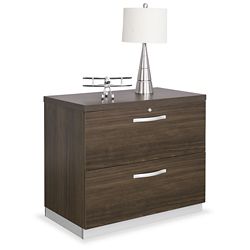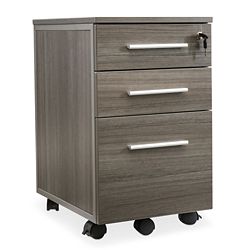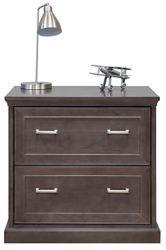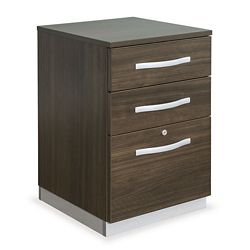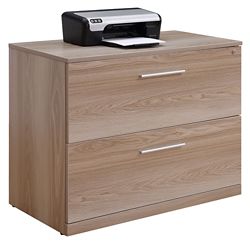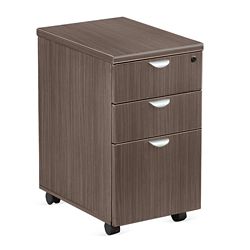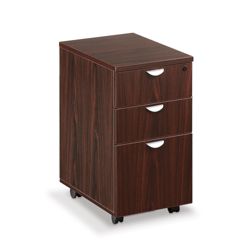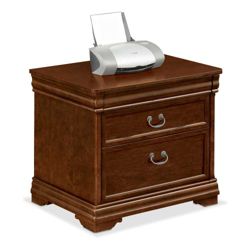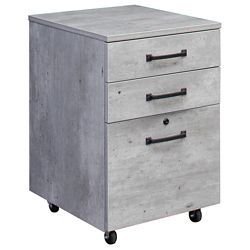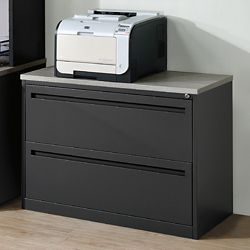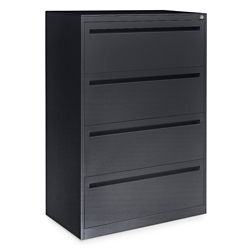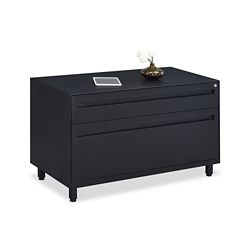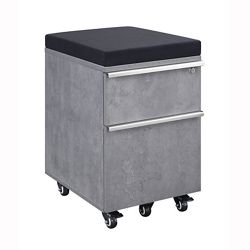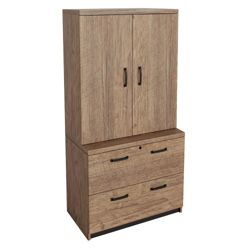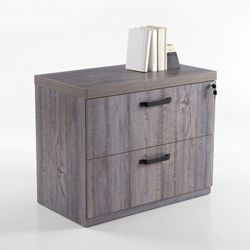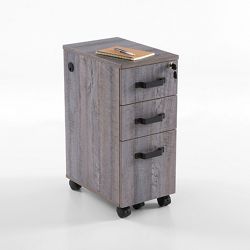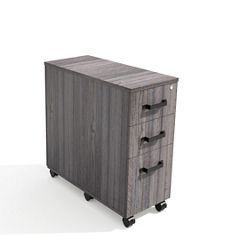Filing Cabinets
Choosing the right filing cabinet is essential for creating a functional, organized, and stylish workspace. In this guide, we delve deep into our offerings, shedding light on the various types of filing cabinets, their unique features, and benefits for your business or home office. Discover the exclusive NBF Signature Series and arm yourself with essential considerations to ensure you make the perfect choice. Additionally, our FAQ section provides clarity on common queries about filing cabinet dimensions and types, making your selection process smoother and more informed.
Why NBF?
We offer a comprehensive selection of high-quality office furniture tailored to fit the unique needs of businesses and individuals alike. By focusing on a seamless blend of style, functionality, and affordability, NBF ensures our customers receive durable and stylish products. We aim to equip spaces with top-tier furnishings and also provide a hassle-free purchasing experience, backed by expert advice and unparalleled customer support.
Types of Filing Cabinets
Filing cabinets come in a range of styles and functionalities tailored to your individual storage needs and office aesthetics. *The three primary styles of cabinets are Vertical, Lateral, and Mobile.
Vertical
Traditional vertical filing cabinets are tall, narrow units designed for front-to-back document storage, optimizing floor space.
Lateral
Lateral filing cabinets, on the other hand, are wider and offer side-to-side file organization, providing quicker access to files and better utilization of wall space.
Mobile
Mobile filing cabinets offer more space flexibility, featuring casters for easy movement around the office. Also called mobile file pedestals, these filing cabinets are often tucked under office desks.
Short buyer’s guide/ considerations
Size & Space:
-
Vertical Cabinets: Tall and narrow with hanging file folders, best for tight spaces.
-
Lateral Cabinets: Wide with hanging file folders, ideal for side-to-side file access.
-
Mobile Cabinets: Have caster wheels for easy movement, designed to fit under desks.
-
Open-Shelf Filing Cabinets: Similar to bookcases, these are wide and shallow with open fronts that are suitable for filing end-tab folders side-by-side.
-
Flat File Cabinets: For oversized documents like blueprints.
Material & Durability:
Fireproofing:
Locks & Security:
Number of Drawers:
Aesthetics:
Always measure your available space and consider your specific needs before purchasing. For a more in-depth look at choosing the best storage solution for your space, check out our guide on How to Choose a Filing Cabinet.
NBF Signature Series
We offer filing cabinets in several different styles and collections, including our NBF Signature Series. These Signature Series collections include:
FAQ:
Q: What are the three types of filing cabinets?
A: The three primary types of filing cabinets are lateral, vertical, and mobile.
Q: Are all filing cabinets the same width?
A: No, not all filing cabinets are the same width. The width depends on whether you choose lateral, vertical, letter-size, or legal-size filing cabinets. Standard vertical filing cabinets can be between 15-20 inches wide. Be sure to check the measurements of a filing cabinet to make sure it fits your space and specific needs.
Q: What is the difference between legal and letter-size file cabinets?
A: Letter-size filing cabinets fit documents the size of a standard piece of computer paper, or 8-1/2” x 11”. Legal-size filing cabinets fit legal documents measuring 8-1/2” x 14”.

